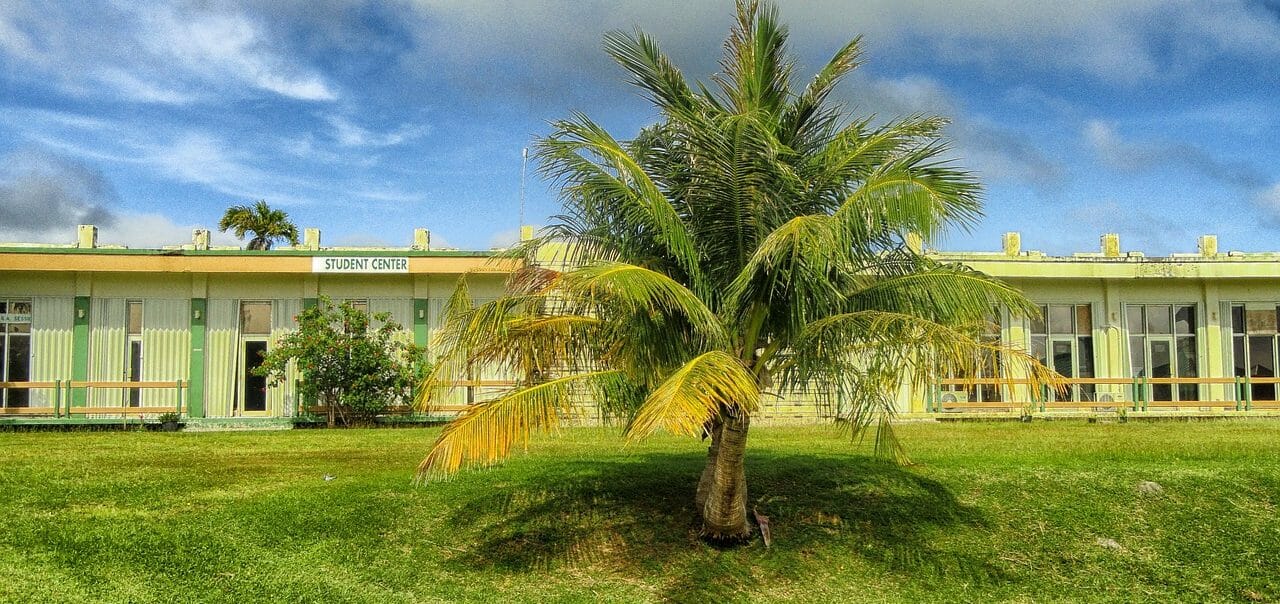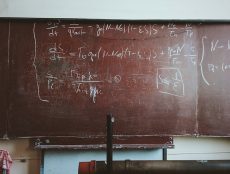
Articles
Higher Education
Guam Will Pilot an eLearning Initiative to Offer AP Classes, Credit Recovery Programs, and More
By Henry Kronk
November 20, 2018
The current college-going generation is, academically, the highest-attaining and achieving the U.S. has ever seen. But many pockets of America continue to lag behind. The 30,000 or so learners who attend school in Guam every year would be a good example. Many Guam Department of Education administrators, however, believe that a new eLearning initiative could help bring struggling learners back on track.
Education on the Island of Guam
Lying some 6,000 miles away from mainland America, the Guam DoE faces many unique challenges. With a population of just over 160,000, an economy that relies primarily on tourism and services to the local Navy base, funding is one of them. According to the latest available data, Guam allocated just over $6,000 per student as of 2003, which puts it in the same neighborhood as states like Mississippi, Nevada, and Arizona. Three charter schools have opened on the island in recent years. Per-student funding allocated to these schools will take away about $10 million from the public school system, and the savings of educating fewer students certainly won’t translate into the same sum. In addition, the Guam DoE budget was cut by $17.2 million in FY 2018.
As Pacific Daily News reports, low achievement also plagues Guam schools. Roughly 70% of Guamanian high school graduates place into remedial math and english at the University of Guam and Guam Community College.
“Ideally, we’d like that figure to be at about 30 percent, and we’re working with the university to develop programs that match higher-education assessment criteria,” said Guam Deputy Superintendent of Curriculum, Joe Sanchez, according to the Daily News.
To address this achievement gap, the island territory is implementing ACE Digital Academy online platform. Courses offered on the platform will allow learners to recover credit, enroll in AP subjects, and more.
“When we’re looking at student achievement and scoring, we have to take instructional style, atmosphere and relevance into consideration,” the deputy superintendent said. “There are students in our school system from minority groups, or whom feel disenfranchised, that may not feel comfortable attending classes as we’ve come to know them.”
Low Achievement, Scandal, and Non-Traditional Learners
In-person credit recovery programs have lost some public confidence on the island. One teacher, Andrea Maano Cruz, stands accused of providing learners with high school degrees in exchange for payment under her privately run Believe, Achieve, Motivate self-run credit recovery program, known commonly as B.A.M.
Cruz allegedly sold learners on the notion that, by completing her program, they’d be able to use it to apply to college. Guam DoE and the Guam Community College say they have no relationship with B.A.M. Roughly 300 students went through Cruz’s program, and many tried to apply to college using their certificates.
While this allegedly fraudulent activity may be an outlier, many more Guamanian learners bear other responsibilities that might make attending high school as a ‘traditional’ student more difficult.
“We do have a number of students in our high schools who have trouble with the conventional school structure because they’re working to help support their families. Many of them also have sick parents or grandparents, and just might not find it reasonable to be in class from 6:45 a.m. to 2 p.m.,” Sanchez said. “So, increasing online learning, and other methods of adapting to our students’ realities will improve their chances of success.”
Featured Image: Pixabay.









One Comment